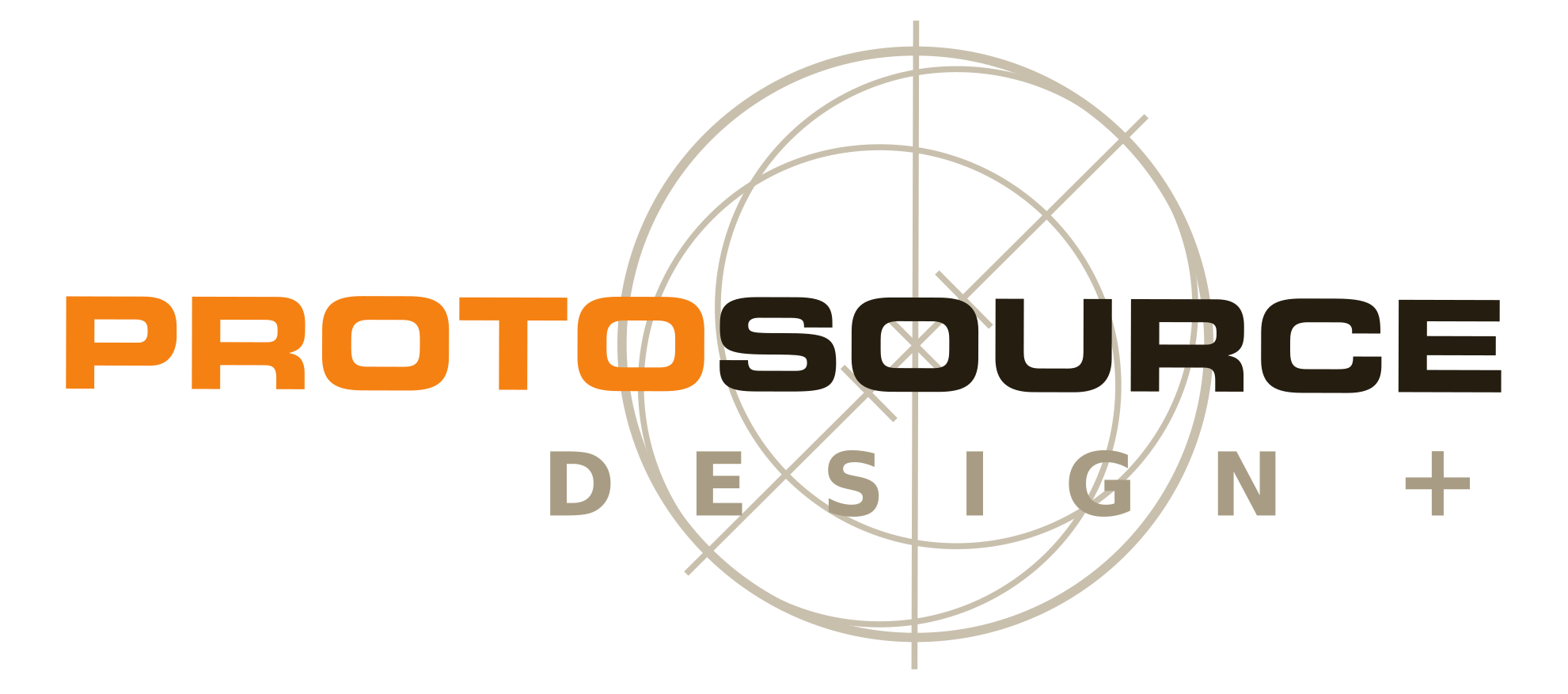How we do that:
We design in 3D
We do everything in 3D, right from the start. This includes quick “sketches” to share ideas, all the way through to final engineering models. By working in 3d, interference issues, fit, and function, can all be checked quickly, on the fly.
We print in 3D
We have been using 3D printing, or “rapid prototyping” techniques for almost 30 years now – we love the tech so much that we have incorporated the word “prototype” into our name! Being able to hold, and evaluate a physical model always beats images and videos, hands down.
We machine with CNC
CNC machining is similar in a way to 3D printing in that good CAD data means success. Poor transitions, and non-tangent blends, stick out like a sore thumb on a freshly machined piece. Our A-level surfacing, combined with an extensive background in CNC machining assures that you get the results you desire.
We fabricate what you need
Our ability to design and make prototypes has spilled over into fabricating all kinds of things. We machine plastics, cut steel, 3d print, paint, and sometimes even powder coat, whatever piece of equipment you need. We have built jigs and fixtures, lab equipment, prototypes, and even a few hard to find parts for old cars!
How it works:
The Design
Process
-
01 Kick-off
A “napkin sketch” from the client is very often the first means of communication for a new part or product. Let us take your idea from here, through to production.
-
02 Analysis
First, we will study the situation. Analyzing how parts of an assembly interact with each other, or how people interact with a device, is critical to ensure the best design, to meet your needs in the end.
-
03 Concept
The next phase is to do a preliminary 3D model of your part or assembly. This concept model allows everybody to verify that we are headed in the right direction. Prototyping may be included at this point.
-
04 Final
After the preliminary design has been reviewed, and approved, we move forward to production design. This step involves optimizing the design for production, adding details, and figuring out best means vs. cost, for production.

